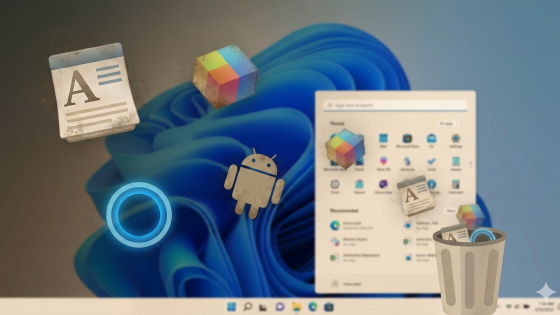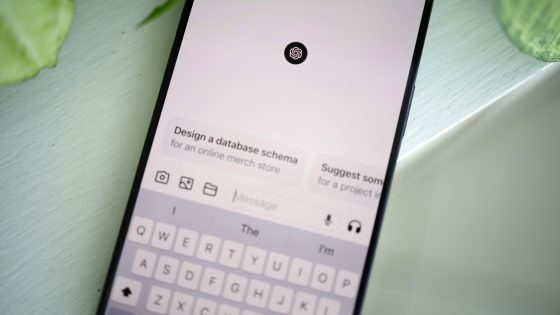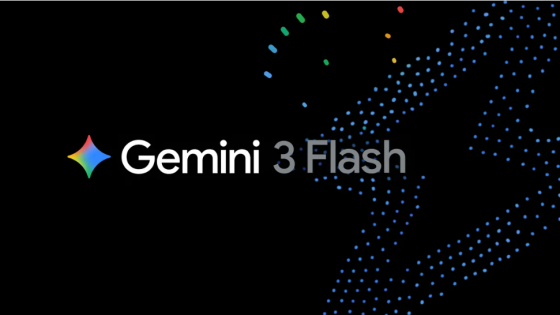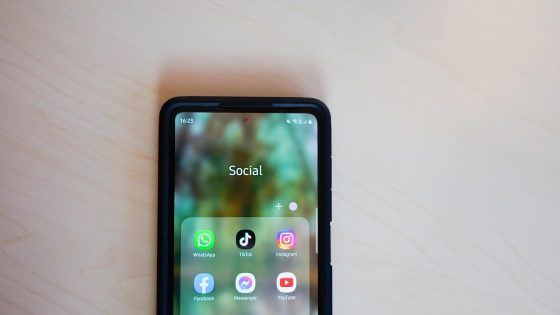How to use ChatGPT correctly?

I know what you're thinking. Another article about artificial intelligence and ChatGPT. You're slowly getting tired of them, because almost every day you come across an article about how artificial intelligence has provided a new milestone, scandal, layoffs or something similar. It will take some getting used to. This is the latest technology that will not easily lose momentum. It will get an extra wind in its sails sooner or later. Considering that we were bombarded with the word AI at almost every turn at the MWC 2024 fair, it is clear that we are "doomed" to artificial intelligence - until newer technology appears.
ChatGPT is the father of this technological craze. Very soon, close relatives also appeared - Copilot, Google Gemini (formerly Bard), Claude, Jasper... - but they failed to dethrone the originator of everything. Regardless of the mixed feelings you may have about such language models, it is undoubtedly one of the most disruptive technologies of this millennium. It has changed the rules of the game and therefore it is important that we also use the new technology correctly.
Too often, however, we come across users who use ChatGPT and other chatbots too easily. You've probably noticed this yourself. Mixing different topics in one text prompt, prompts that are too general or not specific enough, prompts without a specific context, and the like. Or worst of all – simple prompts in which ChatGPT is forced to create content out of nothing. In such cases, platitudes, unverified facts, and generally text without substance quickly appear.
Using the ChatGPT bot doesn't have to be complex. With just a few tweaks, you can get much better results. Here's how to do it.
What is GPT-4 (Turbo)?
Before we dive into how to properly use ChatGPT, a few words about the language model that runs behind the scenes. GPT-4 Turbo is OpenAI’s latest major language model. It’s currently only available to developers. When it’s available to the masses, it’ll likely be part of the paid ChatGPT Plus version. Microsoft also uses OpenAI’s model in Copilot, Google he has his own (Gemini).
Since many of us are not developers, GPT-4 is the latest model we have access to. Simply put, it is an upgrade from the previous one. It can extract data until April 2023 (GPT 3.5 until January 2022). He is also more reliable, creative and understands more in-depth instructions. It can accept textual as well as image inputs, based on which it can output text similar to human work. DALL-E, a photo generator that was previously separate from the ChatGPT bot, is now available in the ChatGPT Plus subscription.

ChatGPT Plus contains the latest GPT-4 model and also DALL-E
How to write good prompts for ChatGPT?
Did you know that there are professions that deal with creating prompts for language models? And for this, employers pay up to 300,000 $ per year. If you might be thinking about changing careers now, it's a good idea to start with the basics.
Treat ChatGPT as a colleague or friend
Too many users talk to ChatGPT like a robot, too monotonous and impersonal. Imagine a scenario where you talk to a bot like you would a colleague in a meeting or a friend over coffee. And now think about how many times you had to ask a friend or colleague a different question or explain an idea further so that they understood the point. Use the same principle with the ChatGPT bot.
With the difference that your AI friend doesn't need a name, unless you're afraid that AI will one day stage an uprising like Skynet in Terminator. If this is the case, I recommend that you also thank him after each answer.
Just like you lead a friend in a conversation, you lead ChatGPT. If you notice that he's gone off the rails, stop him and review your original call and possibly improve it with additional information. You can start with a simple question or prompt. When you get the answer, ask him another question and then continue in the same rhythm until you get the desired result.
Simply put, talk to ChatGPT.
Be specific and give it context
You can use simple prompts for general answers.
- When was France Prešeren born?
- How would you translate "raytracing" into Slovenian?
However, if you want more specific content, it pays to add context to your text prompt.
Instead of "Prepare me a schedule for traveling around Slovenia" use "My girlfriend and I want to travel around Slovenia". We have 10 days. I am a lover of art and architecture, she feels better in nature and loves natural sights. I would travel by car, so transportation is not an obstacle. Can you suggest what and how we could see as much of Slovenia as possible in 10 days?"
It will take you a few seconds more, but you will get a much more informed answer. It doesn't hurt to limit it from the start. For example, set him a 300 word limit so he doesn't ramble on indefinitely.

ChatGPT works better if you give it a title or identity
ChatGPT is, if nothing else, very flexible. He can speak like Shakespeare or in the style of a teenager with all the slang terms and street talk. If you use it at work, give it a title that is appropriate for the given task. If you want him to write a marketing strategy for a certain product launch, at the beginning, tell him to put himself in the role of a marketing director or something. If you would like him to describe certain products, he should be a professional writer, journalist, editor...
At home, when you're browsing the web and perhaps find a product you want to buy, you and the ChatGPT bot can rate the product together. Put yourself in the role of a consumer and list the disadvantages and advantages as a normal user would notice them.
That said, you can also assign a style and register to it. He should write like your favorite author, you can tell him to make the text relaxed, strictly professional, salesy, educational and so on. Also tell him to take into account that the answer is intended for a specific target group (business partner, public, children...)
Guide him through the conversation
ChatGPT can lose its thread very quickly. If you notice that he has gone astray while he is writing, stop him and add to the prompt that he should only stick to the given topic. When you get an answer, you can always ask him what his answer is based on or where he got his information from.
You'll notice that he likes to repeat introductions, endings, and intertitles a lot. And he especially loves compositions like: "in the coming..., in this digital environment...". If you don't want the text to come off as generic, either fix it manually or warn ChatGPT from the start that it shouldn't use it.
Don't be afraid to experiment
If you think your prompt is good, there is no need to change it. You can just repeat it and ChatGPT will generate a completely different response. You can also tell it that you want data in the form of a table, or that it extracts the most important information from a certain text/article in a few paragraphs. You can use it in a hundred and one ways. You can sort the information alphabetically or by some other criteria. You can also cheat and tell it to come up with the best text prompt on its own to come up with the text or photo you want.
As long as you keep the conversation open, ChatGPT will remember your conversation and your preferences. It's not 100 % reliable, so it's a good idea to do multiple conversations for different scenarios.
You can also create your own GPT chatbot, more on that next time.




























